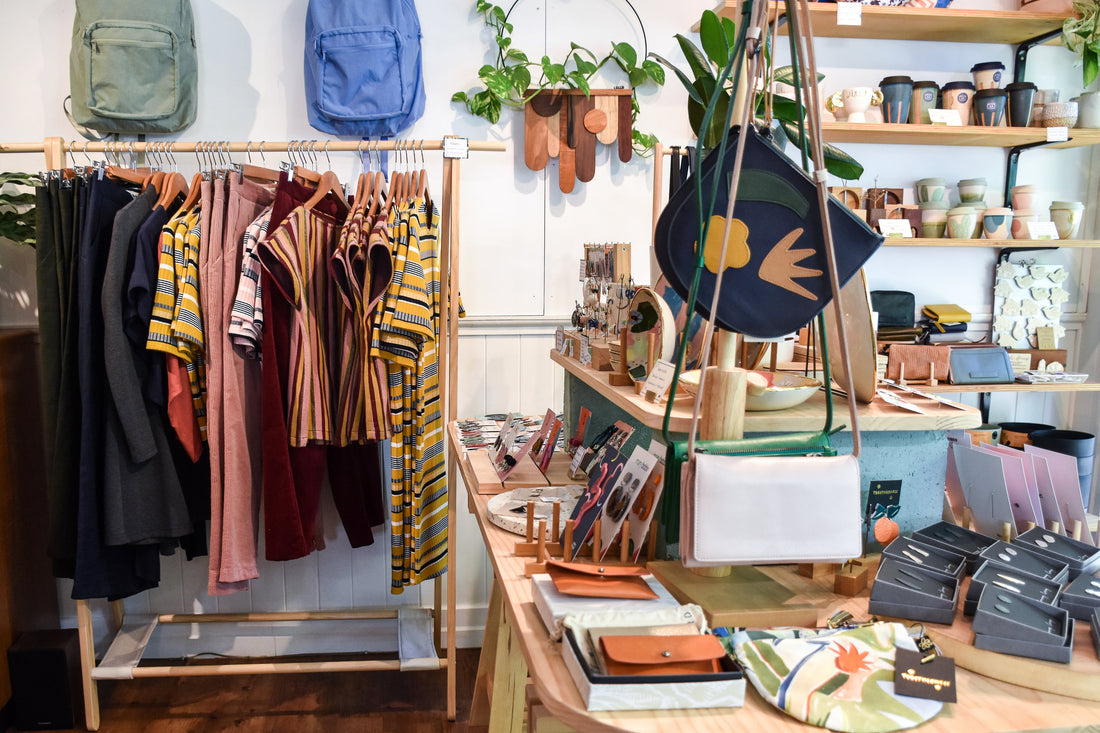
A Deeper Introduction to Slow Fashion.
Slow fashion is an awareness and approach to fashion that considers every process and resource required in making a garment while bringing about change toward sustainable practices. It involves buying better quality garments which last longer. Slow fashion places value back on the people, animals, and our planet behind our clothing.
Historically, garments were locally sourced and produced. We would buy durable clothing that was made to last. Or spend the time to make our clothing from the textiles available to us. Clothing reflected the people, place, and culture of those wearing them.
Slow fashion today has seen some of these processes return. This movement encourages us to buy less garments at a higher quality, made from natural/sustainable fibers and processes, and buy them less often. It puts emphasis back on the art of making clothing and celebrates the skills and craftsmen behind each seam.
Characteristics of a slow fashion brand:
- Made from high quality, sustainable materials – natural fibers (cotton, linen etc.) or recycled fibers.
- Often found in smaller (local) stores
- Ethically and/or locally sourced, produced, and sold
- Few, very specific styles per collection, which are released only 2-3 times per year
The slow fashion movement suggests a complete overhaul of consuming and production. These values are shared by top end to small scale designers alike. This approach has inspired many changes to production in recent years but it also calls for a change in consumer behavior.
While there is growing support for Slow Fashion and the values it stands for, there is still a long way to go. To really support this movement, we need to be part of the change. Look beyond the appeal of a cheap, high turnover fast fashion. We can maintain an awareness of what a brand represents. Focus on quality. Choose to simplify our wardrobes.
